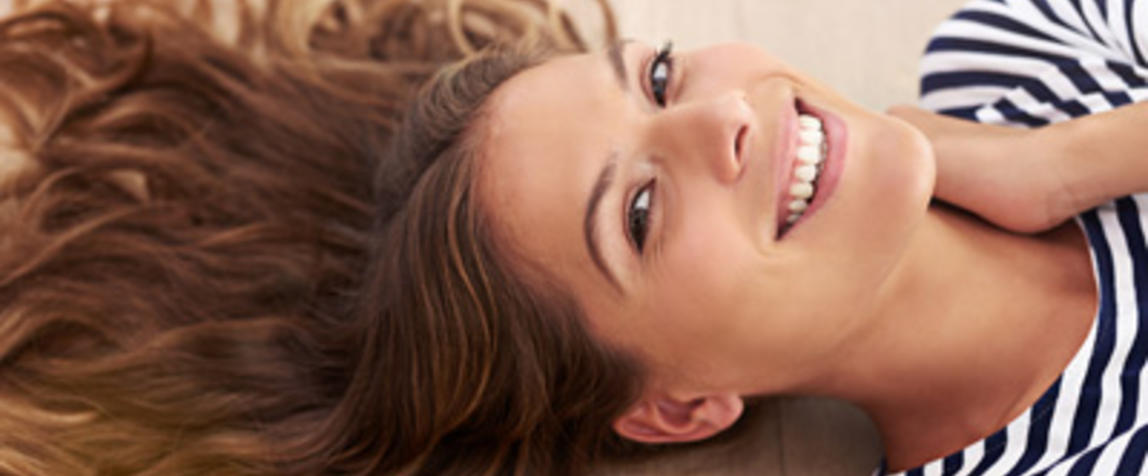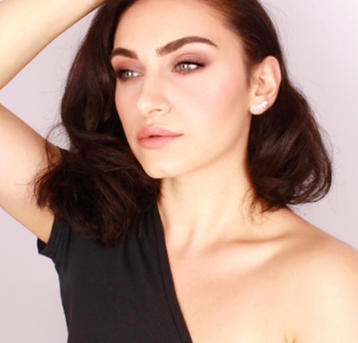In simple terms, barnets have always been big business. Historic hairstyles (like Jennifer Aniston’s ‘Rachel’ or Marie Antoinette’s pompadour) are just as relevant milestones as any event it seems. It’s a mantra that hasn’t changed in 2016 – with a focus continuing on the hair that sits atop our heads and helping to feed an industry worth $US59,575.1 million according to Global News Wire. There are now 10,000 new hair-related launches per year for the sector making up 24 per cent of the total beauty industry.
But what’s up next when it comes to hair care? BD explores:
Dry shampoo gets upgraded
Shampoo is currently a massive component of the total hair care arena, with the sector accounting for 34 per cent of total market share in 2014 according to Euromonitor. A rising group within this is dry shampoo. Now considered a “beauty essential”, the tool is designed for the time-poor that refreshes limp, dull and dirty locks with a simple spray and shake. Now that dry shampoo has proven its longevity within the industry, revamped variations on the classic are taking hold.
Brands RMJ (parent company of ) marketing manager Emma Beckers says modern dry shampoo releases have begun to incorporate ingredients with added benefit to hair. She comments: “Within the dry shampoo segment brands are starting to add extra conditioning ingredients (e.g. argan oil, coconut oil, Moroccan oil) to prevent hair drying out. We see brands trying to create a point of difference by adding additional benefits and callouts beyond that of volume and fresher hair.”
has just entered the dry shampoo marketplace, incorporating its beloved hydrating hero ingredient into the formulation, alongside rice starch to absorb excess moisture. The brand’s first foray into dry shampoo has also embraced a second trend growing in noticeability – dry shampoo designed for a specified hair colour. Available in both dark and violet undertones (for blondes and brunettes), Moroccanoil’s version prevents the chalky residue that can cast traditional shades from taking hold. Cedel is another brand embracing the trend of dry shampoo specially targeted towards a specific hair shade. The brand recently launched a dry shampoo for both dark and light hair.
Roots be gone
Banishing greys has been a pursuit of women for decades, if not centuries. While products catering to the lingering beauty dilemma have arisen over the years, 2016 has seen a spotlight hit the niche category, targeting not only grey hair but any shade of root coverage. The formulations of temporary hair colourants continue to include new scientific and technological discoveries – today’s variations focus on keeping flexible and soft underneath colour, incorporating quick dry technology and often nozzles for ease of application.
’s Tint Shot Root Concealer embraces this consumer demand described by Euromonitor: “New product launches will incorporate multifunctional benefits as consumers look for value-added purchases.” Similarly promising multifunctional benefits – formed from transfer and humidity-resistant micro-pigments – Joico’s formula also integrates willow bark extract to soothe irritated scalps, and bio-advanced peptide complex to boost hair strength long-term. Alongside a redesigned line last year, introduced to media the highly anticipated product in Instant Root Concealer. Its popularity in the UK alone proves the sector is a booming one – a bottle of the product is sold every minute in the UK at present.
But the real sign of success may be when the beauty giants come aboard. L’Oréal was the first-ranked player in hair care in 2015, holding a 25 per cent value share in the market. The company has jumped aboard the root cover-up, recently launching the Magic Retouch Instant Root Concealer Spray.
Green is the new black
As Euromonitor predicted, the eco trend in beauty is set to stay on in hair care with the focus for 2016 “on new product innovations with natural ingredients such as oils and fruits”. expert Paula Hibbard calls the shift a “return to natural, environmentally friendly and cruelty-free ingredients”. It’s a focus the brand has long integrated into its range of hair care, with Hibbard explaining: “De Lorenzo focuses on Australian derived ingredients, such as the fair trade Kakadu plum, quandong and wattle seed as found in our Prescriptive Solutions range.”
Australia brand ambassador Geoffrey Herberg is equally passionate about green ingredients in hair care. He believes a new demand will shape the industry in 2016, explaining it comes down to “Australian consumers' willingness to buy an increasing range of complex formulated products and premium green products”. He continues that a demand for green continues to stimulate new brands within the sector, commenting: “The development of fusion and eco-friendly lines has stimulated new demand in an otherwise mature, saturated industry.”
But as for how the hair care trend will filter existing brands, Herberg details that product formulations will start to incorporate more and more “essential oils and specific active ingredients such as organic shea butter and organic papaya oil and rice bran oil as well as technological moisturisers, soothers and shining agents [that will] act together to give nutrition, hydration, softness and manageability to hair, leaving it full of body and shine”. It’s a focus on “sulphate-, paraben- and sodium chloride-free” ingredients that “cleanse away impurities while respecting the hair’s natural moisture balance and integrity”.




